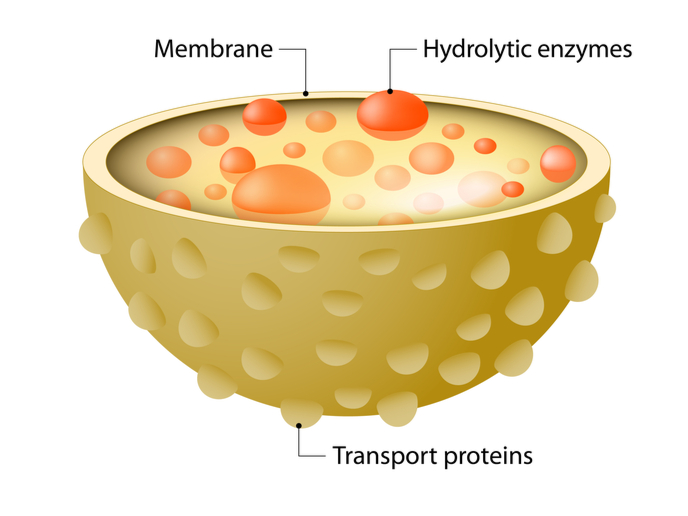Unlocking the science behind meditation
Can our mind control our health and influence disease development? The brain communicates with the body through messengers including membrane-bound particles, known as extracellular vesicles (EVs). EVs carry and transport various biomolecules, including proteins, lipids, and genetic material. EVs have emerged as key players in both maintaining health and driving disease progression. Therefore, their potential as biomarkers for early disease detection is of great interest.
Genetic biomarkers for the beneficial effect of meditation
Meditation practices are believed to influence health and disease development. With this in mind, the EU-funded MindGAP project wanted to determine if EVs and their cargo could be influenced by meditation processes. “Our goal was to bridge the gap between mind-body interactions by examining the genetic cargo within EVs and correlating this data with health outcomes,” explains project coordinator Goreti Sales. Specifically, the project focused on identifying genetic markers within EVs that could be influenced by meditation practices. Researchers studied the plasma of cancer survivors who engaged in meditation and identified a pool of microRNAs (miRNAs) within EVs that could be correlated with meditation practices. This also revealed potential biochemical links between mind-body practices and health benefits, such as reduced inflammation. As Sales emphasises: “The identification of specific miRNA biomarkers linking meditation to improved health outcomes was a critical success, highlighting the potential for a new line of research that could influence future medical practices.”
Innovative device for EV analysis
Additionally, MindGAP sought to create an innovative device capable of capturing and analysing EVs from blood samples, providing a novel tool for monitoring health status through non-invasive means. This single-cartridge prototype represents a major advancement in the field, simplifying the traditionally complex and multi-step laboratory processes involved in EV analysis. Although the translation of this technology into clinical practice will require further validation and refinement, the MindGAP device has the potential to revolutionise how researchers and clinicians approach EV analysis, making the process more accessible and streamlined. Moreover, by understanding how mind-body interactions influence health, this technology could lead to earlier detection of disease and more personalised healthcare strategies.
Future directions
Looking ahead, the MindGAP team plans to seek additional funding to further develop and validate their findings. The project’s clinical trial, which was impacted by the COVID-19 pandemic, highlighted the need for more robust studies to explore the relationship between meditation and miRNA levels in brain-derived EVs. Future trials will be crucial in establishing the clinical relevance of these biomarkers. The team also aims to identify stakeholders with a commercial interest in the EV analysis technology, which could help bring the device to market and make it available for broader use in health monitoring and disease prevention. Overall, the innovative approach of MindGAP has the potential to transform disease diagnosis and management by linking mind-related activities, such as meditation, with health status through the analysis of EVs. The project's findings could pave the way for new medical procedures that incorporate mindfulness practices as part of a holistic approach to disease management.
Keywords
MindGAP, meditation, device, extracellular vesicles, microRNA







